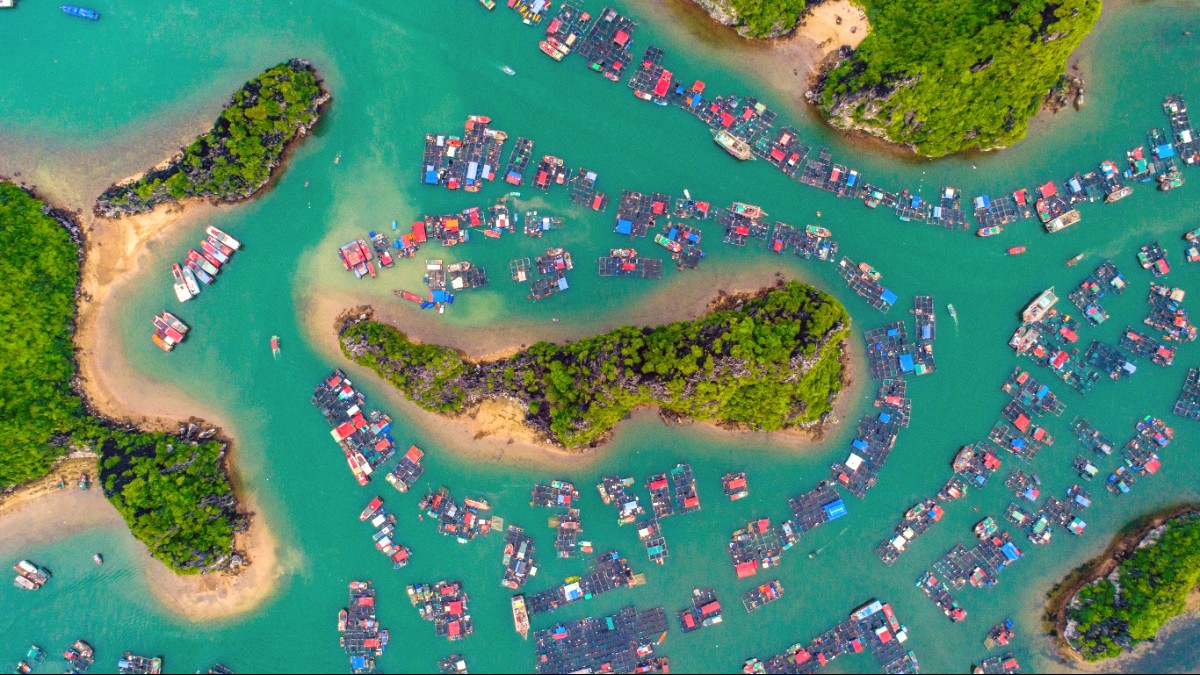
Northeast Vietnam, Vietnam
The public bus system operates mainly along the main roads, connecting Cat Ba Town with major ferry piers and Cat Ba National Park. These are typically local, open-air buses or smaller vans.
Main routes include Cat Ba Town to Gia Luan Pier (for Halong Bay ferries), Cat Ba Town to Cai Vieng Pier (for Hai Phong ferries), and Cat Ba Town to Cat Ba National Park Entrance. Cat Ba Town center acts as the main hub.
Public buses are generally not wheelchair accessible. Steps and crowded conditions present challenges.
Ask your hotel or a local for current bus schedules, as they can be flexible.
Have small denominations of VND ready for bus payments.
50,000 - 100,000 VND (~2-4 USD)
200,000 - 400,000 VND (~8-16 USD)
Cash (VND) is the main payment method for taxis.
Avoid unmarked taxis; always confirm meter or price.
Renting a vehicle offers flexibility for exploring Cat Ba Island at your own pace.
Many operators offer mini-bus transfers as part of combined tickets.
Available for short trips to nearby islands or specific points in Lan Ha Bay. Negotiate fares.
Connects Cat Ba Town with Phu Long (near Cai Vieng Pier), scenic views, faster alternative.
Walking and cycling offer intimate ways to experience Cat Ba's beauty.
Accessibility is very limited on Cat Ba Island for travelers with mobility needs.
Public transport, attractions, and some accommodations are not suitable.
This is due to uneven terrain, stairs, and lack of ramps.
Navigating can be challenging for those with mobility issues.
Planning with specialized tour operators is advisable if you require accessibility support.
Seek assistance from local providers with experience in accessible travel.
Maximize your on-island exploration with these practical tips.
Bus schedules can be flexible and less frequent than in major cities.
Have exact change or small denominations ready for bus fares.
A polite attitude, even with language barriers, makes interactions positive.
For a true local experience, try a motorbike taxi (Xe Om) for short distances, but always confirm the price before starting your ride.